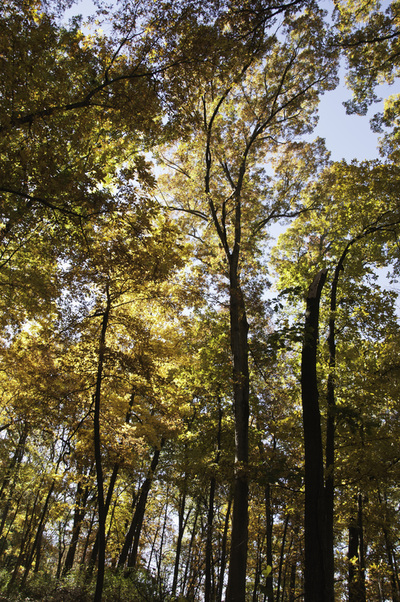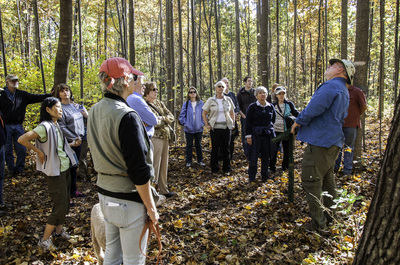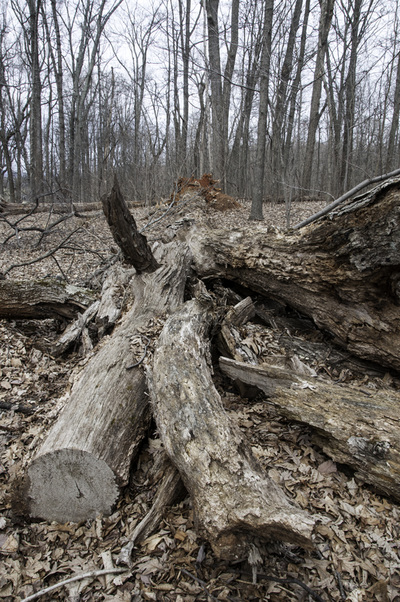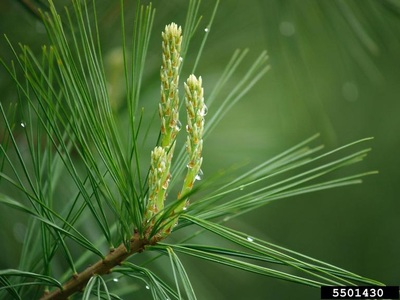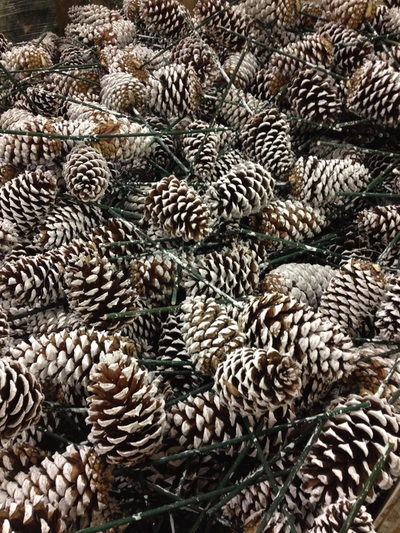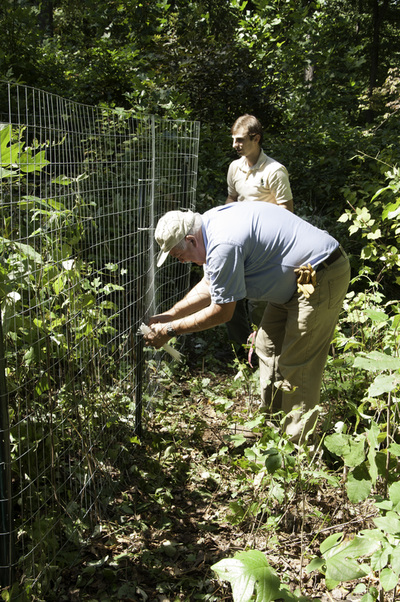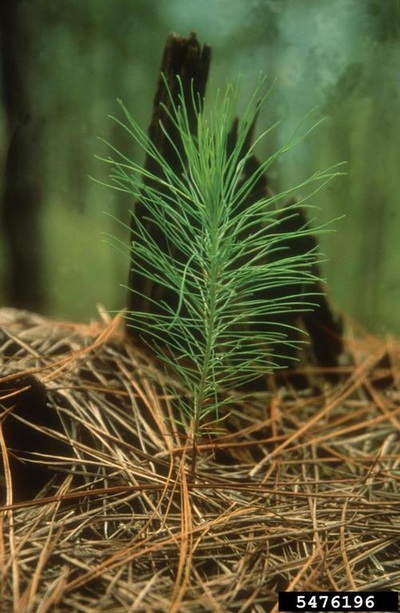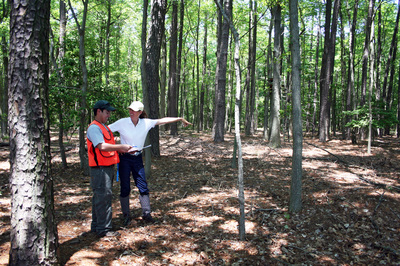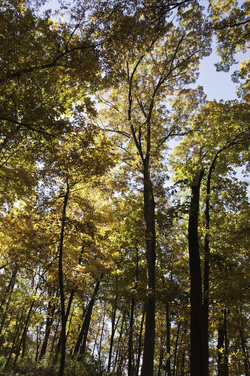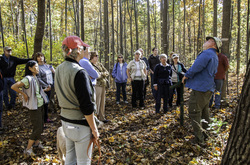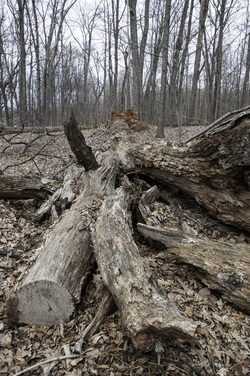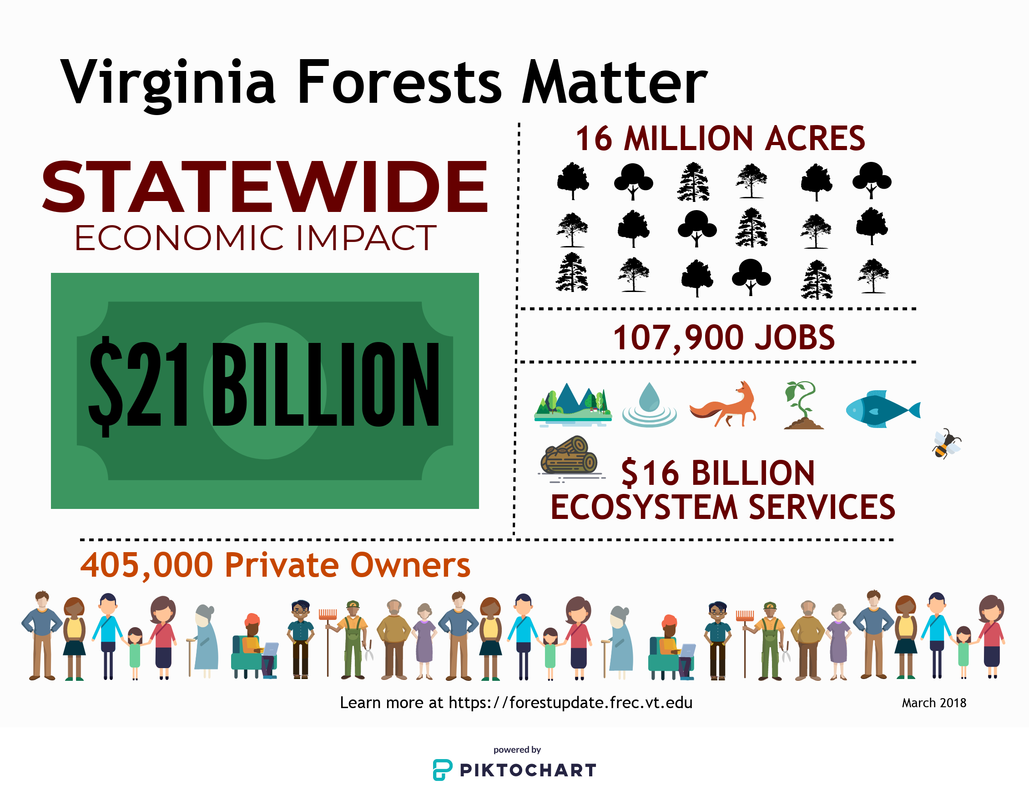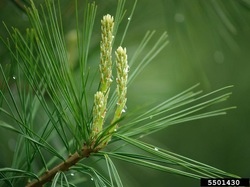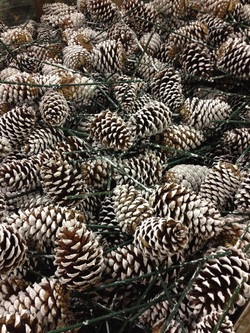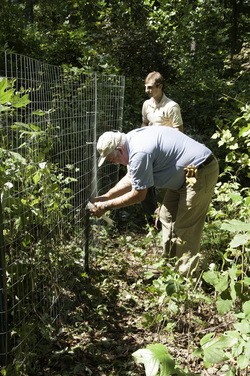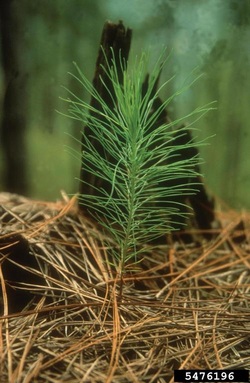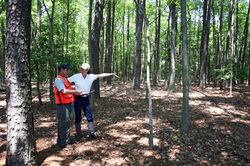Virginia Master Naturalist Basic Training Curriculum
Forest Ecology and Management

This page contains numerous curriculum resources that may be used flexibly by Virginia Master Naturalist chapters and trainees to meet their learning needs. These resources also are available to other volunteer programs and the public for their use, but please note that watching or reading these materials cannot substitute for enrolling in and completing a basic training course with a VMN chapter in order to become a Virginia Master Naturalist volunteer.
Thank you to the numerous people who contributed to the creation of these materials, including Matt Brinckman (The American Chestnut Foundation), Alycia Crall (Virginia Master Naturalist program coordinator, 2013-2015), Adam Downing (Virginia Cooperative Extension), Jennifer Gagnon (Virginia Cooperative Extension), Ellen Powell (Virginia Department of Forestry), and Karen Snape (Virginia Department of Forestry). Thank you also to the many volunteers and online sources who provided images, including Bugwood.org, Kim Biasiolli and Lori Chamberlin (Virginia Department of Forestry), Eric Filep (Filep Foresty Management), Christine Small (Redford University), Pat Temples (VMN volunteer), and Flickr Creative Commons users. Michelle Prysby, VMN Special Projects Coordinator, served as the lead author and project coordinator. Funding for the development of the Forest Ecology and Management curriculum was provided by a grant from the Virginia Environmental Endowment. |
Give us your feedback on these curriculum materials!
|
Learning Objectives
|
Introductory VideosWhat: Short videos to introduce volunteers to the topic of Forest Ecology and Management. Note that we have selected just two "Forest Fast Break" videos that are relevant to the curriculum objectives, but you can find more "Forest Fast Break" videos online.
Possible uses:
|
Background Readings
Most Recommended Readings
Supplemental Readings
Above and Beyond, for those seeking more in-depth information Note that book publisher websites are provided, but often these books are available from other sources at varying prices.
Video Resources
Infographic - Virginia Forests Matter |
Presentation VideosWhat: A three-part set of online videos of PowerPoint presentations with narration by Adam Downing, who is a Forestry and Natural Resources Extension agent with Virginia Cooperative Extension and also the chapter advisor for the Rivanna Chapter of the Virginia Master Naturalist program. Combined, they are approximately 34 minutes long.
Possible uses:
Note for Basic Training Chairs and Course Instructors: The script for the full Powerpoint presentation is provided below for download in MS Excel format, which makes it easy to add, delete, or re-order slides. Basic training chairs for VMN chapters may contact the state office for access to the full Powerpoint file. Both the Powerpoint and the script may be used and adapted for your courses. Please pay attention to the image license restrictions listed in the notes section for each slide in the Powerpoint file.
VMN Forest Ecology and Management Presentation Part 1
VMN Forest Ecology and Management Presentation Part 2
Click to set custom HTML
VMN Forest Ecology and Management Presentation Part 3
| |||||||
Presentation HandoutWhat: A two-page handout that matches up with the presentation. It is best printed in color, but black and white is acceptable.
Possible uses: The handout is meant to accompany the PowerPoint presentation or the videos, so instructors using the presentation in class should distribute the handout in lieu of a handout containing all the slides. It is not recommended that you print the slides for a handout, as they are almost entirely image-based and would not make good reference material. Note: We have provided the handout in both PDF and MS Word formats. You may adapt the MS Word version to fit your chapter by, for example, adding additional, relevant volunteer projects to the list provided.
| |||||||||||||
Activity Lesson Plans
What: Lesson plans for an interactive activity on forest management objectives, called “Your Land, Your Choice".
Possible uses: This activity can be used during class time to encourage trainees to apply the material they have learned and to break up lecture time with an interactive exercise. The lesson plan is written so that it may be led by a non-expert, including VMN volunteers.
| |||||||
Assessment Questions
What: A set of possible assessment questions on this topic for VMN trainees.
Possible uses: Incorporate these questions into written or practical assessments during the course.
| |||||||
Evaluation Materials
What: Evaluation packet consisting of a summary form to be completed by the chapter's training chair and individual evaluation forms to be completed by chapter trainees.
Possible uses: We would like to have you help us evaluate the effectiveness of these materials for meeting program goals. We request that chapters using any of these materials have their trainees complete the evaluation form. The training chair or coordinator for that class should complete the cover sheet and return the cover sheet and all individual forms to the VMN statewide program office.
| |||||||||||||

